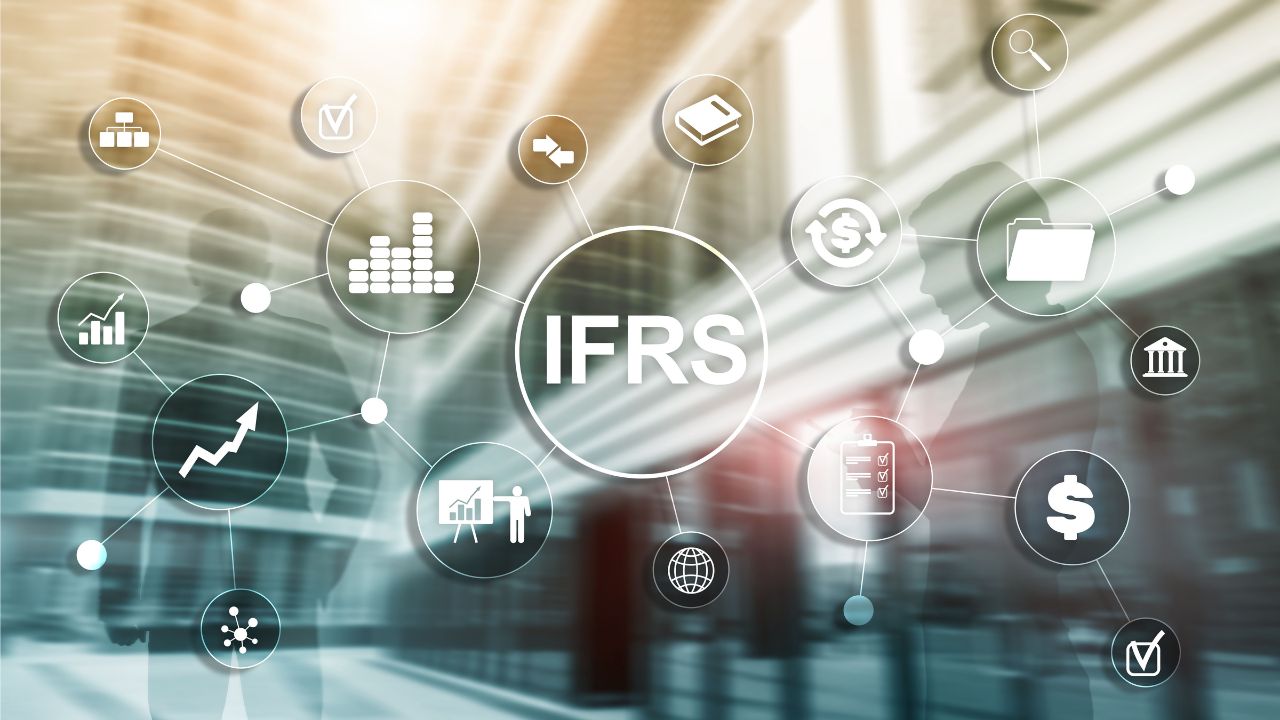- Who We Are
- What We Do
- Success Stories
- Careers
- News & Events
- Contact us

As an insurance company, implementing the International Financial Reporting Standard (IFRS) 17 can be a daunting and complex process. With the deadline for IFRS 17 compliance rapidly approaching, it is crucial for insurance companies to master the implementation process. This is where our step-by-step guide comes in. Our guide is designed to provide you with a comprehensive understanding of IFRS 17 and to help you navigate through the implementation process with ease. From understanding the requirements of IFRS 17 to developing a project plan and executing it efficiently, our guide covers it all. With our expertise in the field of insurance and finance, we have created a guide that is tailored to meet the needs of insurance companies of all sizes. So, whether you are a small insurance company or a large multinational corporation, our guide will provide you with the tools and knowledge you need to master IFRS 17 implementation.
Benefits of implementing IFRS 17
Implementing IFRS 17 can bring a range of benefits for insurance companies. Firstly, it will provide a consistent and transparent approach to financial reporting across the insurance industry. This will enable investors and stakeholders to make better-informed decisions about the performance of insurance companies. Secondly, IFRS 17 will address some of the issues with current accounting practices, such as the lack of comparability between insurance companies. Thirdly, IFRS 17 will provide a more accurate picture of the financial position of insurance companies, with a focus on the profitability of insurance contracts.
Challenges of IFRS 17 implementation
Implementing IFRS 17 can be a complex and challenging process, with several key challenges that need to be addressed. Firstly, it may require significant changes to the systems and processes used by insurance companies for financial reporting. This can be a daunting task, particularly for smaller insurance companies that may not have the resources to make these changes. Secondly, IFRS 17 requires a significant amount of data collection and analysis, which can be time-consuming and costly. Thirdly, the implementation of IFRS 17 may require significant changes to the way insurance companies operate, which can be disruptive to the business.
Step-by-step guide for IFRS 17 implementation
To help insurance companies master the implementation of IFRS 17, we have developed a step-by-step guide that covers all aspects of the implementation process. The guide includes the following steps:
1. Data collection and analysis. The first step in implementing IFRS 17 is to collect and analyze the data required for financial reporting. This may involve collecting data from various sources, such as underwriting systems, claims systems, and finance systems. The data will need to be analyzed to determine the impact of IFRS 17 on financial statements.
2. Determine the impact of IFRS 17 on financial statements. Once the data has been collected and analyzed, the next step is to determine the impact of IFRS 17 on financial statements. This will involve comparing the financial statements under current accounting practices to the financial statements under IFRS 17. This will help insurance companies to understand the changes that need to be made to their financial reporting.
3. Implementing new systems and processes. The implementation of IFRS 17 may require significant changes to the systems and processes used by insurance companies for financial reporting. This may involve the implementation of new software or the modification of existing systems. It is important to ensure that these changes are made in a way that minimizes disruption to the business.
4. Training staff and stakeholders. The implementation of IFRS 17 will require training for staff and stakeholders. This will involve educating staff on the requirements of IFRS 17 and providing training on the new systems and processes. It is important to ensure that staff are well-trained and fully understand the changes that are being made.
5. Testing and validation. Once the new systems and processes have been implemented and staff have been trained, it is important to test and validate the financial reporting under IFRS 17. This will ensure that the financial statements are accurate and comply with the requirements of IFRS 17.
Timeline for IFRS 17 implementation
The implementation of IFRS 17 is a significant undertaking and will require careful planning and execution. The timeline for implementation will depend on the size and complexity of the insurance company. However, it is important to start planning early to allow sufficient time for implementation. The following is a rough timeline for implementation:
• Data collection and analysis: 6-12 months
• Determine the impact of IFRS 17 on financial statements: 3-6 months
• Implementing new systems and processes: 12-18 months
• Training staff and stakeholders: 3-6 months
• Testing and validation: 6-12 months
Conclusion
In conclusion, implementing IFRS 17 can be a complex and challenging process for insurance companies. However, with the right approach and a step-by-step guide, it is possible to master the implementation process. Our guide provides insurance companies of all sizes with the tools and knowledge they need to implement IFRS 17 efficiently and effectively. By following our step-by-step guide, insurance companies can ensure that they comply with the requirements of IFRS 17 and provide investors and stakeholders with accurate and transparent financial reporting.
Written by Daniele Paoletti
